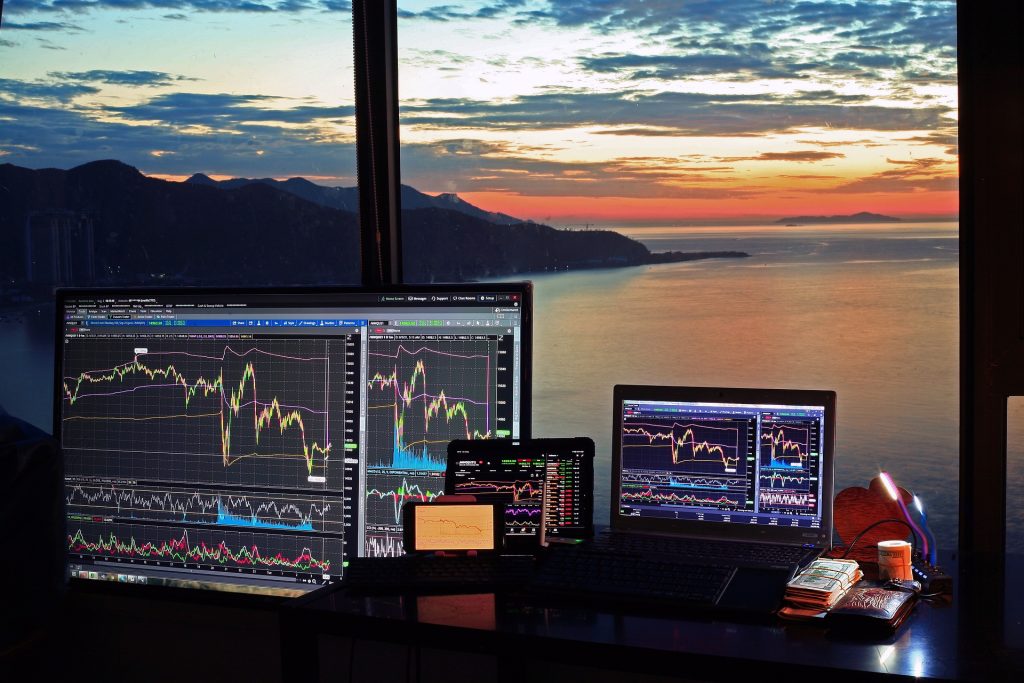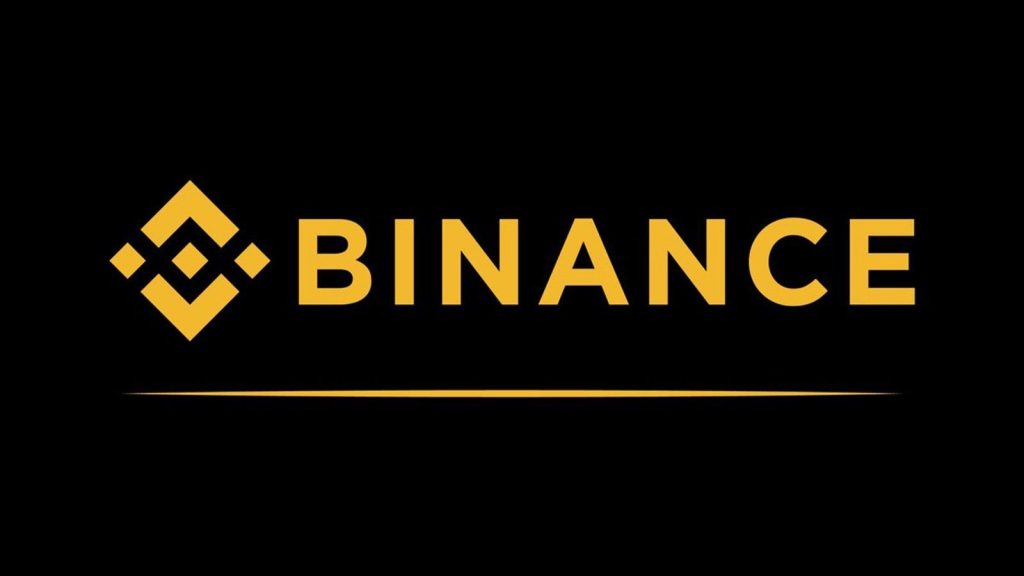Trading in the crypto market can be a highly rewarding venture, but it can also be an emotional rollercoaster. The market is well-known for its incredible volatility, presenting both lucrative opportunities and significant risks for traders. Knowing when to trade is an essential aspect of successful trading strategies. In this blog post, we will explore the best and worst times to trade in the crypto market to maximize your gains and minimize your losses.
The 24/7 Crypto Market:
Unlike traditional financial markets, such as stocks and forex, the cryptocurrency market operates 24 hours a day, 7 days a week. This unique feature provides traders with the flexibility to trade anytime, anywhere. However, this does not mean that every hour of the day is equally advantageous for trading. While some periods offer better opportunities, others can be less favorable.
The Best Times to Trade:
1. Market Openings:
The opening hours of the traditional financial markets can have a significant impact on the crypto market. Many professional traders and institutional investors keep a close eye on these openings, as they can be a source of increased trading activity and volatility. The most important market openings to watch are:
- Asian Markets: Tokyo Stock Exchange (TSE) and Hong Kong Stock Exchange (HKEX) open around 9:00 am local time.
- European Markets: London Stock Exchange (LSE) and Frankfurt Stock Exchange (FSE) open around 8:00 am local time.
- US Markets: New York Stock Exchange (NYSE) and NASDAQ open around 9:30 am Eastern Time.
Keep in mind the time difference between your location and these markets to take advantage of increased trading activity during these hours.
2. Crypto Market News and Announcements:
Crypto market news and announcements can cause significant price movements. Scheduled events, such as software updates, hard forks, and partnership announcements, often lead to increased trading activity and market volatility. Additionally, unexpected news, such as regulatory changes, security breaches, or high-profile endorsements, can cause sudden price swings.
To benefit from these events, stay informed about the latest developments in the crypto industry by following reputable news sources, social media channels, and community forums. Be prepared to act quickly, as the market can move rapidly in response to new information.
3. Overlapping Market Sessions:
Trading volumes tend to increase during the overlap of regional market sessions. For instance, the overlap between the European and US market sessions (around 12:00 pm – 4:00 pm GMT) often leads to higher trading volumes and volatility, presenting opportunities for traders to capitalize on price movements.
The Worst Times to Trade:
1. Weekends and Public Holidays:
While the crypto market operates 24/7, trading activity typically declines on weekends and public holidays. As institutional investors and professional traders are less active during these periods, the market tends to be less volatile and may not present the best trading opportunities. However, it is essential to note that unexpected news or events can still cause significant price movements during these times.
2. Low-Liquidity Hours:
Trading during periods of low liquidity can lead to increased slippage and wider spreads. This can be detrimental to your trading strategy, as it may result in reduced profits or increased losses. Generally, low-liquidity hours occur when major financial markets are closed, and trading activity is minimal. Be cautious about trading during these periods, especially if you are using high leverage or trading illiquid crypto assets.
3. Emotional Trading:
One of the worst times to trade is when you are emotionally compromised. Fear, greed, and other emotions can negatively impact your decision-making process and lead to poor trading choices. If you find yourself emotionally charged due to a recent win or loss, it is best to step away from the market and allow yourself time to regain composure. Trading with a clear mind and a well-thought-out plan is essential for success in the highly volatile crypto market.
Conclusion:
Timing is crucial when trading in the crypto market. By understanding the best and worst times to trade, you can improve your trading strategy and increase your chances of success. Keep an eye on market openings, news and announcements, and overlapping market sessions to capitalize on favorable trading conditions. Conversely, avoid trading during weekends, public holidays, low-liquidity hours, and periods of emotional instability to minimize risks.
Remember, no strategy is foolproof, and past performance does not guarantee future results. Always conduct thorough research, practice sound risk management, and stay informed about the latest developments in the crypto market to maximize your potential gains and minimize losses. Happy trading!




